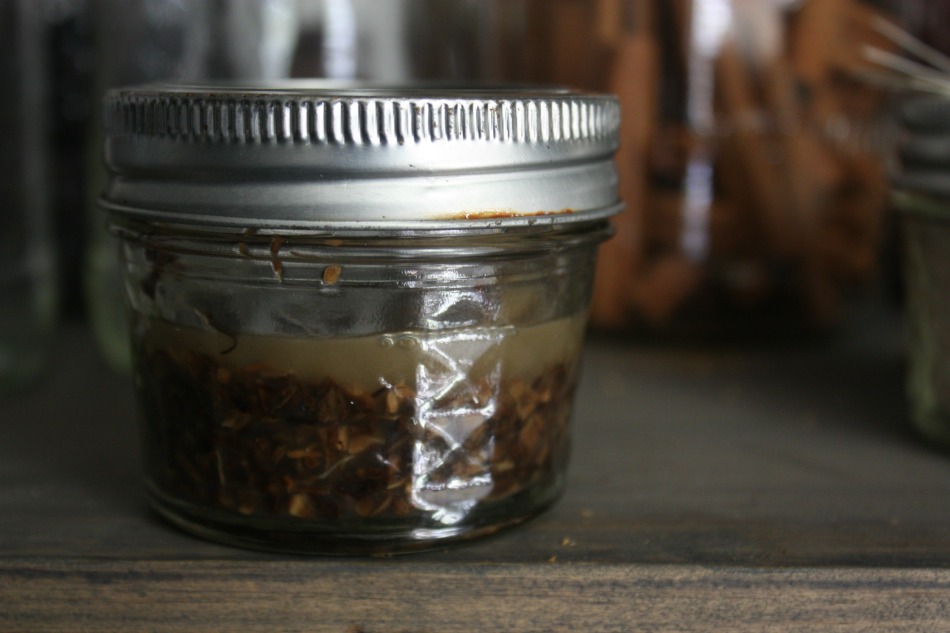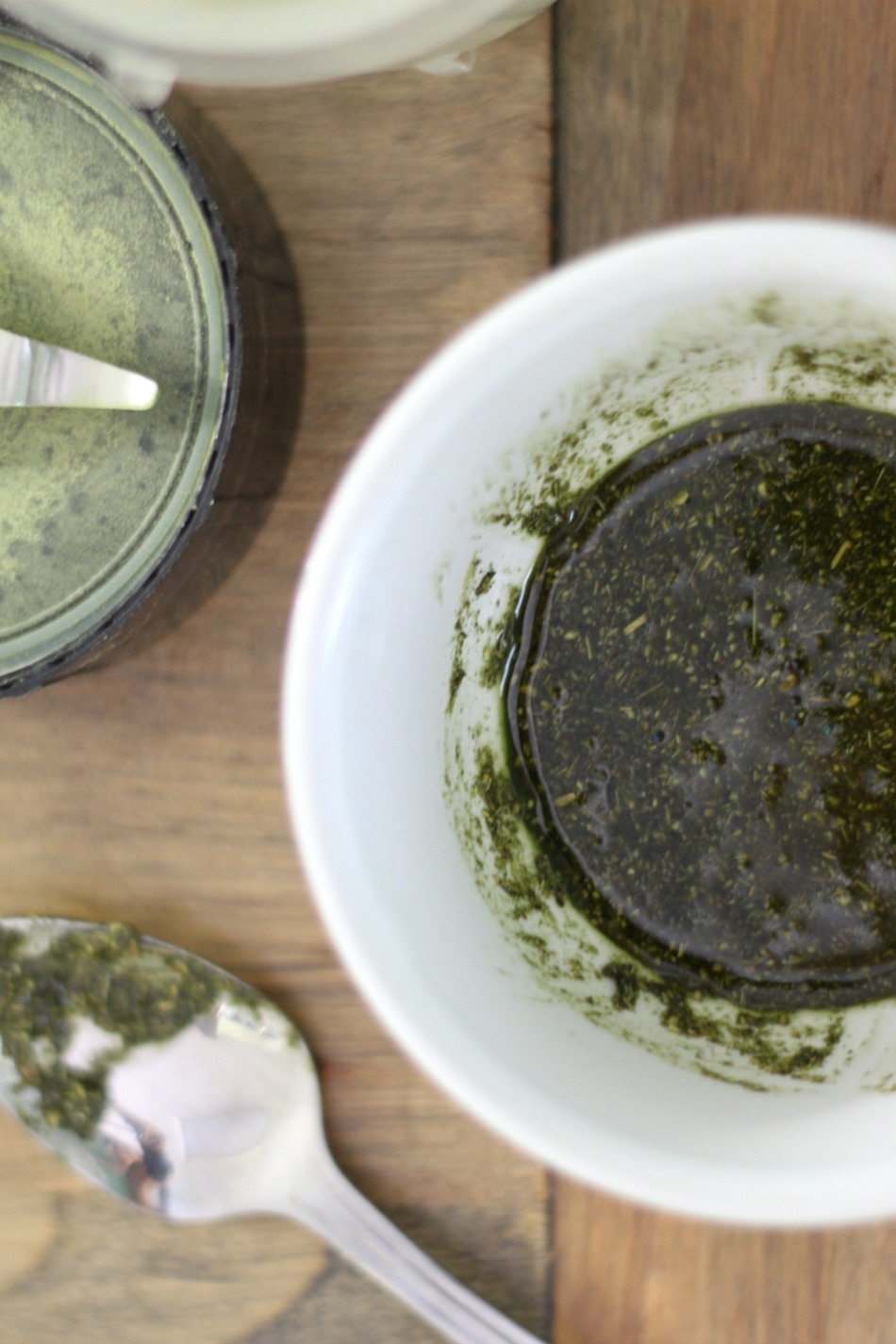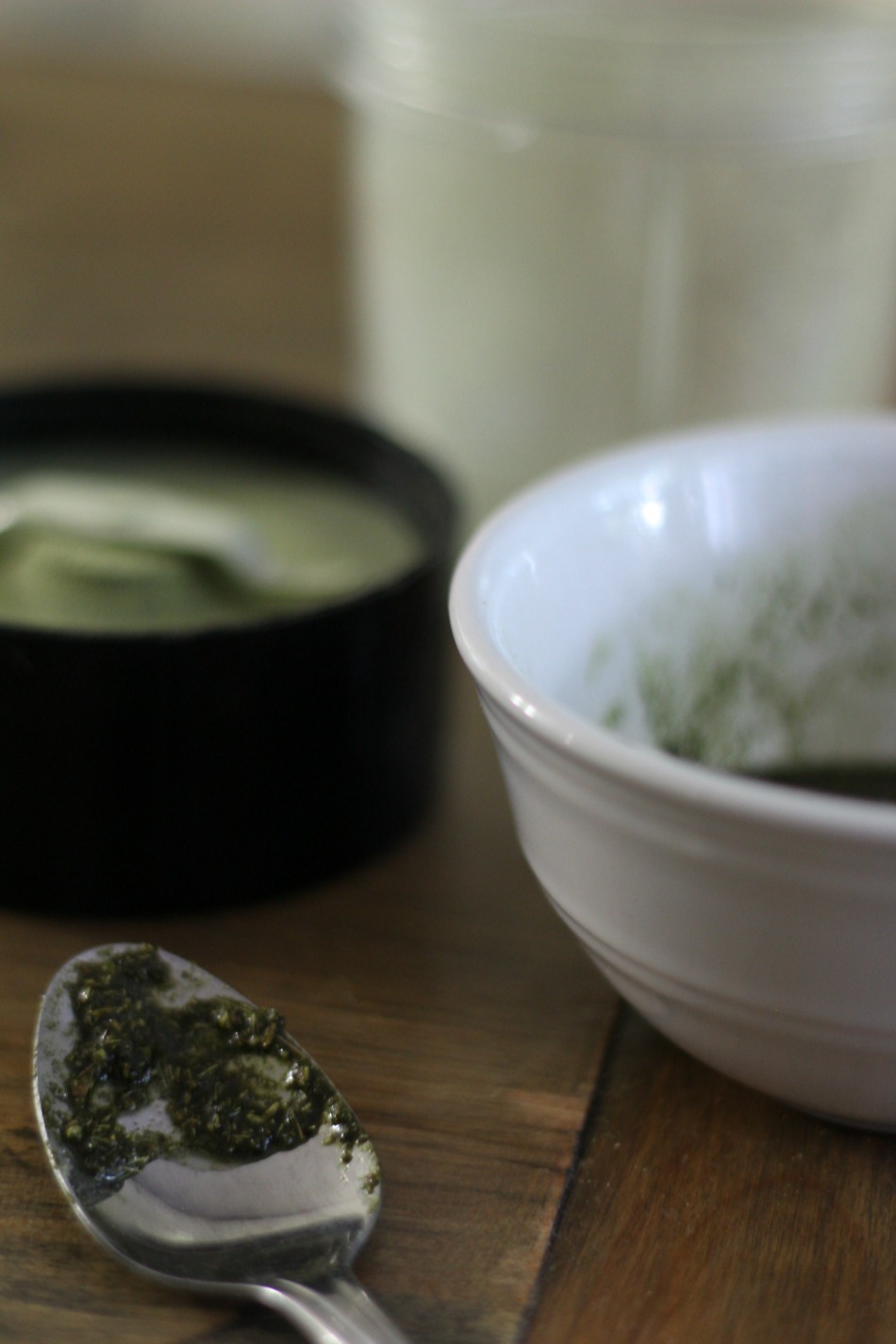
The Native Americans of the Great Plains used echinacea for many purposes, one of which was to discourage infections from occurring after animal bites and insect stings (Goldhaber-Fieber, 1999). Echinacea is an antibacterial herb and immune stimulant (Buhner, 2012) — two herbal actions that can come in very handy when one is concerned about infection. Thanks to these actions, echinacea can be used to discourage infections from forming as well as aiding you when an acute infection is present.
How Echinacea Helps With Infections
Echinacea is a very beneficial herb before, during, and after an infection as it activates macrophages (a type of white blood cell that destroys pathogens) and increases phagocytosis by raising levels of white blood cells in the blood (Buhner, 2012). This immune activity is the body’s way of avoiding an infection, managing one that’s present, and even cleaning up debris post-infection. According to a 1952 study by K.H. Büsing (as cited in Foster, 1991, p. 42), echinacea has the ability to break down hyaluronidase — an enzyme found in the venom of snakes, insects, and even bacteria in an effort to prevent venom or infection from spreading to surrounding tissues.
If you do happen to find yourself dealing with an animal bite or insect sting, and you’re worried about the chance of infection (or if you think you may have an infection), echinacea could be a good herb to use.
Today, I’d like to walk you through the steps of making and using an echinacea paste for infections to use on wounds as a way to support the body in recovery, discouraging potential infections, and approaching an active infection.
Herbal Wound Care Basics
Step 1: Clean The Wound
If find yourself with an animal bite or insect sting, the first thing you’ll want to do is to clean the wound site well. You can make a strong echinacea tea to use as a wound wash to cleanse the area or any dried blood or debris. You can also put some echinacea tincture in some water and wash the wound with that if you’d prefer. The idea is to keep the wound clean and apply a fresh bandage daily.
To make an echinacea tea, you can use the aerial parts of the plant, the root, or both. Many herbalists believe the root has stronger immune stimulating activities and prefer to use it for internal usage while using the tops for a wound wash. To make an echinacea tea, simply steep echinacea in clean water (infuse the tops in freshly boiled water for 15 minutes or decoct the root for 30 minutes) before straining the herbs out and washing the wound with the tea.
Step 2: Internal & External Action
Whenever a wound is present and there’s a risk of infection, you’ll want to approach the situation internally and externally.
The goal of internal herbal usage will be to stimulate the immune system as a way to support the body in defending itself against an infection forming. While there are many herbs that can be used for this purpose, an echinacea tincture is a great option that can be used effectively. To use an echinacea tincture internally, you’ll want to start by taking small, frequent doses for 5-7 days following the injury.
In addition to using echinacea internally, you may also want to use echinacea externally as well. The goal here is to discourage infection from forming at the wound site and perhaps to even increase the topical absorption of echinacea’s properties.
While the internal use of echinacea is well-documented, external usage has more anecdotal evidence than scientific evidence. As far as the traditional use of external echinacea goes, early Native Americans were known to use fresh echinacea paste directly on a wound site (Goldhaber-Fieber, 1999). When it comes to scientific support, while there are few studies done on the external use of this plant, one 1978 German study showed an 85.5% success rate when using an echinacea ointment on 4598 patients with various inflammatory skin conditions and wounds, concluded that topical echinacea application was highly effective in recovery from various skin conditions such as burns, eczema, inflammation, herpes simplex, and varicose veins (Viehmann, 1978).
Step 3: Wound Maintenance
If you are worried about a potential infection occurring, or if you notice the site becoming red, hot, painful, or swollen, it’s a good idea to continue to clean the wound site thoroughly each day, increase the amount of echinacea tincture you are taking internally, and to apply a poultice of echinacea paste to the area 2-3 times a day with a freshly made echinacea paste.
Be sure to keep an eye on the wound. If it doesn’t improve or if signs of infection develop or worsen, it’s best to go see a doctor for more help.
How To Make Echinacea Paste for Infections
When it comes to making echinacea paste for wounds, you can use fresh or dried echinacea. Fresh will probably be most effective as it will retain the majority of its beneficial properties. However, if you don’t have fresh echinacea on hand, I wouldn’t hesitate to use dried echinacea in its place. When using dried echinacea, I would recommend powdering the echinacea yourself so it’s as fresh as it can be.
Echinacea Paste for Infections
Ingredients:
- Fresh or dried echinacea tops and/or root
- Blender (for fresh herbs)
- Coffee grinder (for dried herbs)
Directions for a Fresh Echinacea Paste:
- Harvest the tops and root of a fresh echinacea plant from a cultivated source.
- Wash the plant to rid it of any bugs or dirt using clean, cold water.
- Chop it into small pieces using a sharp knife and transfer to a high-powered blender. Pour in a small amount of manuka honey to help it blend into a nice paste. Be sure to blend it well. I like to blend for 5-10 minutes to break up as much of the plant material as possible.
- When blending is complete, transfer your echinacea to a glass container for storage in the refrigerator. When ready to use, spoon a small amount of echinacea into an unbleached cotton cloth, fold into a small package (a burrito fold works great), and apply it directly to the infected wound.
- Reapply 2-3 times a day.
Directions for a Dried Echinacea Paste:
- Put your dried echinacea tops and root in a coffee grinder and grind into a powder.
- Using a sieve, sift the fine particles of the ground echinacea into a small bowl.
- Mix the powder with manuka honey and apply to the infected wound. (You can apply it directly to the wound if you’d like, but I prefer to wrap it in a clean cloth and apply it as a poultice in order to keep the wound as clean as possible.)
- Rinse with warm echinacea tea before reapplying 2-3 times a day.
A Note On Aloe Gel and Herbal Salves
While I’ve not done much research concerning these two things, I want to give a warning here just to be on the safe side as several respected herbalists have warned against using aloe gel and herbal salves on infected wounds.
First, aloe is thought to increase absorption or perhaps permeability of skin cells, which could, in turn, potentially drive an infection deeper into the tissue. You don’t want that. Next, herbal salves made with waxes are thought to seal the wound, trapping the infection under the seal, again, potentially driving it deeper into the tissue or allowing it to worsen.
With that said, it’s best to avoid salves and aloe gel when dealing with skin infections or wounds.
And there you go. If you find yourself with a wound and you’d like to use herbs to encourage the body in recovery or in discouraging infections from occurring, making and using an echinacea paste can be a good way to do just that.
Have you ever used echinacea when dealing with any sort of wound? If so, what did you do, and how did it work for you? Share your stories in the comment section below!
REFERENCES:
- Buhner, S. (2012). Herbal antibiotics: Natural alternatives for treating drug-resistant bacteria. North Adams, MA: Storey Publishing.
- Foster, S. (1991). Echinacea: Nature’s immune enhancer. Rochester, VT: Healing Arts Press.
- Goldhaber-Fiebert, S. and Kemper, K.J. (1999). Echinacea (E. angustifolia, E. pallida, and E. purpurea). [PDF]. Retrieved from http://www.longwoodherbal.org/echinacea/echinacea.pdf
- Viehmann, P. (1978). Results of treatment with an Echinacea-based ointment. Erfahrungsheilkunde, 27(6), 353-8.




5
Hey Meagan,
Thanks a lot for sharing — so good to stop by for some herbal inspiration and knowledge exchange 🙂
I’ve been making echinacea tincture from aerial parts and using it occasionally as an immunity boost. I’ll definitely keep this in mind if I encounter a nasty wound/bite.
Plantain poultice is also a well-known traditional remedy for wounds and insect/animal bites. What’s your experience with it? From my experience, it works very well on mosquito bites and irritated skin.
And thanks for mentioning echinacea root! For example, Dr. Schultz prefers root over the herb for immune-stimulating juice and tincture. Have you tried making a root tincture yet?
Best wishes!
Yes, I only make my echinacea tinctures using the root. You can check out my blog post on how I do it here: https://growingupherbal.com/echinacea-root-tincture/. And I love using plantain on bites and wounds. It’s a great astringent herb and mixes well with echinacea. In fact, these two herbs were traditionally used together to aid venomous snake and spider bites.
Cool, thanks a lot for your answer!
This is a new way to me of using echinacea. I like the approach of healing from both the inside and the outside. Pinning this, thanks!
Hope it’s helpful to you at some point in the future!